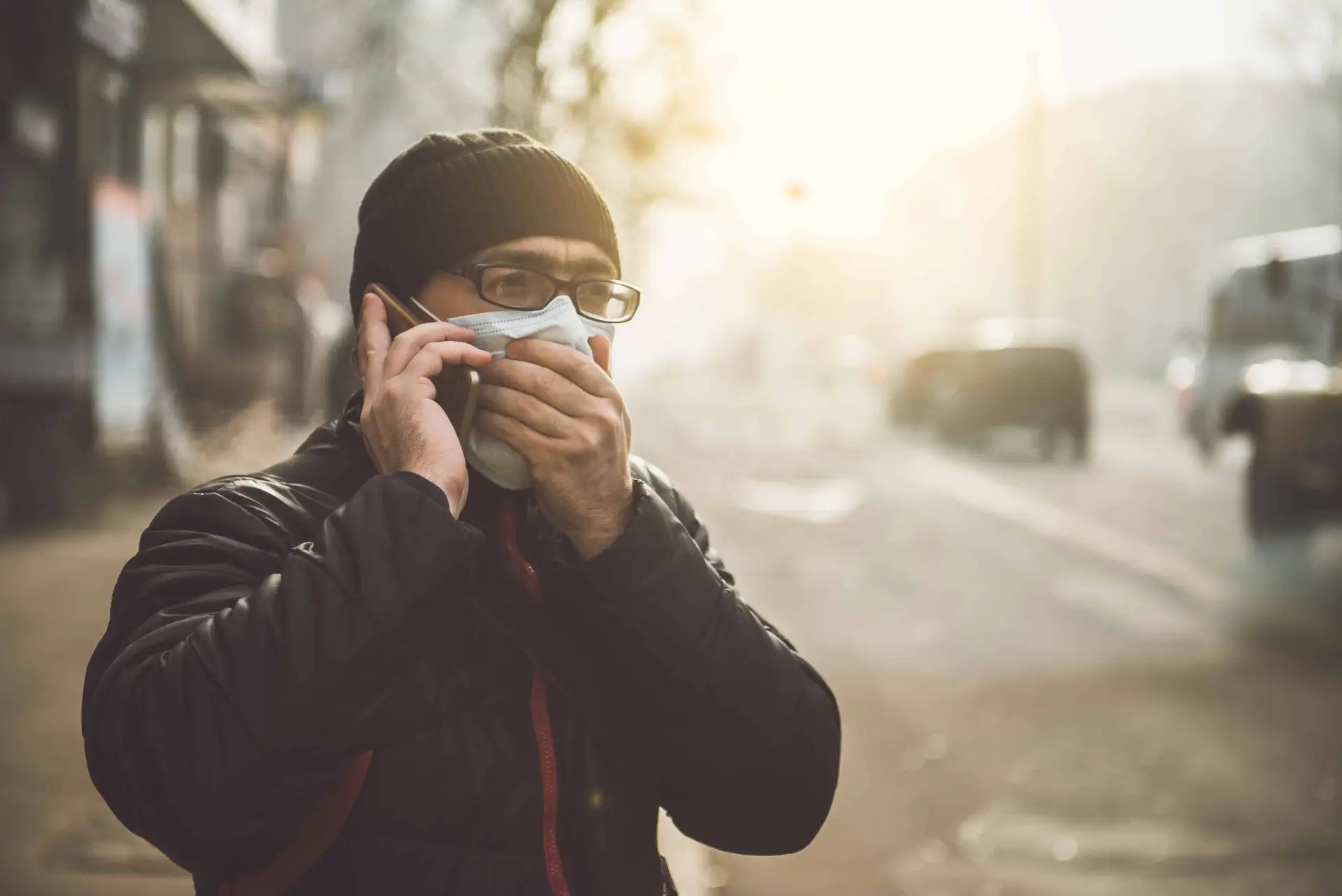Challenge and uncertainty are a part of life. The question is, how do you handle it? Current events are instructive.
The recent coronavirus outbreak is cause for tremendous concern. It’s only a matter of time before your area is affected. The nature of the virus makes that a near certainty. It’s contagious before symptoms occur, spreads through coughing and sneezing, and can survive on frequently touched surfaces such as doorknobs and handrails.
Further, COVID-19, as it’s called, is likely to affect the world economy. Supply chain disruptions and reduced travel and tourism are already evident. It remains to be seen whether it will affect consumer confidence and ultimately consumer spending.
So what’s a leader to do?
Stay calm. Carry on.
Panic is never helpful. This is true for any challenging situation. It’s the leader’s job to help people remain calm and stay focused. If the leader panics, so will others. So how can you be a non-anxious leader?
Focus on what you can do, not what you can’t.
This is good advice in any situation. Worrying about things you can’t impact creates anxiety and distraction. A leader who is focused on appropriate action helps everyone stay focused and calm.
We have no control over how quickly COVID-19 spreads around the world, or even in this country. We have little control over the stock market, except to avoid selling when everyone else is panicking. There’s nothing we can do about factories in China, and whether Apple or Walmart will be able to get the products they need.
Here’s what you can do. Wash your hands. Avoid touching your eyes, nose and mouth. Disinfect frequently touched surfaces. If you’re sick, stay home, and avoid contact with others. These won’t completely protect you, your family or your team, but they give you the best possible chance to avoid infection.
Which leads to the second thing you can do.
Educate yourself
Sometimes we do things that make us feel better, but don’t help. Sometimes these actions can make things worse. Like wearing a mask.
Not all masks will prevent coronavirus exposure. Even those that do can make infection more likely, due to improper use and disposal.
When should you wear a mask? When you’re already sick, to prevent infecting others. Or if you’re caring for someone who’s infected. Otherwise, leave the mask supply alone for the health professionals that need them.
Non-anxious leaders take the time to separate fact from fiction. They do their homework, then model appropriate behavior for others. Here is a VERY helpful article guiding how churches can best reduce the risk of infection. It covers everything from passing the peace (OK, sort of) to communion (under certain circumstances).
Remember the presence part of the non-anxious presence.
Remaining calm is important, but so is remaining connected. If you are not anxious, but don’t stay connected to those in the system, that will increase anxiety, as well as the likelihood of panic.
The best thing you can do as a leader is to check in to see how people are doing. You don’t need to have a heart-to-heart every day. It’s more about letting others know that you are available and that you care.
Whether it’s the current coronavirus outbreak or some other crisis, a non-anxious leader can help people do their best work. There will always be something that can create anxiety. Your ability to be a non-anxious presence makes all the difference.


